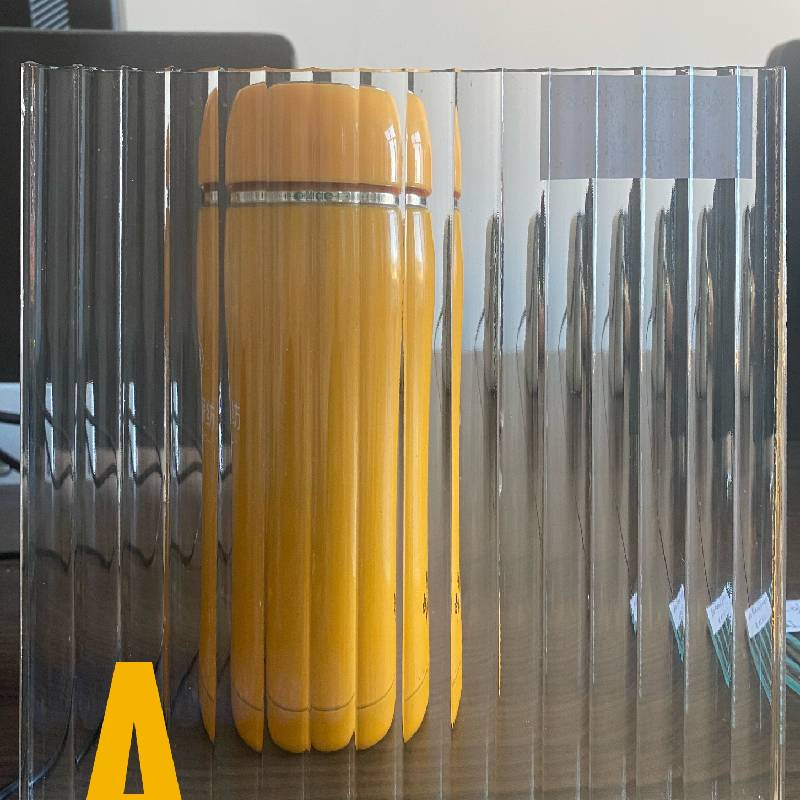The Float Glass Production Process
The float glass production process is a revolutionary technique that has transformed the glass manufacturing industry since its inception in the mid-20th century
. This process, invented by Sir Alastair Pilkington in 1959, offers exceptional quality and efficiency, making it the predominant method for producing flat glass used in windows, mirrors, and various architectural applications.
At the heart of the float glass process is the fusion of raw materials. The primary ingredients include silica sand, soda ash, and limestone. These components are meticulously combined in specific ratios to create a homogeneous mixture, which is then subjected to high temperatures in a furnace. This melting process typically occurs at around 1,700 degrees Celsius (3,092 degrees Fahrenheit) and can take several hours to achieve the desired liquid glass consistency.
Once the glass is fully melted, it is carefully poured onto a surface of molten tin in a controlled environment. The reason for using molten tin is its ability to provide a flat and smooth surface, which is crucial for producing high-quality glass. As the molten glass floats on the tin, it spreads out evenly, allowing gravity to shape it into a uniform thickness. This floating action not only ensures a flawless surface finish but also helps eliminate internal defects.
float glass production process
After the glass has reached the desired thickness, it begins to cool gradually. This cooling phase, known as annealing, allows the glass to lose its excessive heat without developing internal stresses that could lead to cracking. The annealed glass then moves through a series of rollers that guide it along the production line, where it is further cooled and cut into sheets of specified dimensions.
Once cut, the glass sheets undergo a rigorous inspection process to ensure they meet quality standards. This involves checking for defects such as bubbles, waves, or variations in thickness. Adequate quality assurance is vital, as float glass is often used in critical applications where clarity and durability are essential.
Furthermore, the float glass produced can be treated or coated for various applications. For instance, additional processes can apply reflective or low-emissivity (low-E) coatings to enhance energy efficiency. These innovations have allowed float glass to evolve into a versatile material that meets the needs of modern architecture and design, as well as contributing to sustainability efforts by improving energy conservation in buildings.
In conclusion, the float glass production process is a remarkable blend of science and engineering, providing an efficient and effective method for producing high-quality flat glass. From raw materials to the final product, every step is carefully controlled to ensure that the glass maintains its strength, clarity, and surface quality. As technology advances, we can expect the float glass industry to continue evolving, incorporating new innovations that enhance both performance and environmental considerations.
 Afrikaans
Afrikaans  Albanian
Albanian  Amharic
Amharic  Arabic
Arabic  Armenian
Armenian  Azerbaijani
Azerbaijani  Basque
Basque  Belarusian
Belarusian  Bengali
Bengali  Bosnian
Bosnian  Bulgarian
Bulgarian  Catalan
Catalan  Cebuano
Cebuano  Corsican
Corsican  Croatian
Croatian  Czech
Czech  Danish
Danish  Dutch
Dutch  English
English  Esperanto
Esperanto  Estonian
Estonian  Finnish
Finnish  French
French  Frisian
Frisian  Galician
Galician  Georgian
Georgian  German
German  Greek
Greek  Gujarati
Gujarati  Haitian Creole
Haitian Creole  hausa
hausa  hawaiian
hawaiian  Hebrew
Hebrew  Hindi
Hindi  Miao
Miao  Hungarian
Hungarian  Icelandic
Icelandic  igbo
igbo  Indonesian
Indonesian  irish
irish  Italian
Italian  Japanese
Japanese  Javanese
Javanese  Kannada
Kannada  kazakh
kazakh  Khmer
Khmer  Rwandese
Rwandese  Korean
Korean  Kurdish
Kurdish  Kyrgyz
Kyrgyz  Lao
Lao  Latin
Latin  Latvian
Latvian  Lithuanian
Lithuanian  Luxembourgish
Luxembourgish  Macedonian
Macedonian  Malgashi
Malgashi  Malay
Malay  Malayalam
Malayalam  Maltese
Maltese  Maori
Maori  Marathi
Marathi  Mongolian
Mongolian  Myanmar
Myanmar  Nepali
Nepali  Norwegian
Norwegian  Norwegian
Norwegian  Occitan
Occitan  Pashto
Pashto  Persian
Persian  Polish
Polish  Portuguese
Portuguese  Punjabi
Punjabi  Romanian
Romanian  Russian
Russian  Samoan
Samoan  Scottish Gaelic
Scottish Gaelic  Serbian
Serbian  Sesotho
Sesotho  Shona
Shona  Sindhi
Sindhi  Sinhala
Sinhala  Slovak
Slovak  Slovenian
Slovenian  Somali
Somali  Spanish
Spanish  Sundanese
Sundanese  Swahili
Swahili  Swedish
Swedish  Tagalog
Tagalog  Tajik
Tajik  Tamil
Tamil  Tatar
Tatar  Telugu
Telugu  Thai
Thai  Turkish
Turkish  Turkmen
Turkmen  Ukrainian
Ukrainian  Urdu
Urdu  Uighur
Uighur  Uzbek
Uzbek  Vietnamese
Vietnamese  Welsh
Welsh  Bantu
Bantu  Yiddish
Yiddish  Yoruba
Yoruba  Zulu
Zulu 

